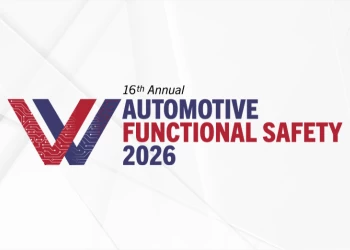Tyre Labelling In the EU: Part 3 of 5
Add bookmark
Provision of data for tyre labelling regulations
On 29th November 2011 the EU introduced regulation 1235/2011, as an amendment to the original regulation 1222/2009, with regard to the wet grip grading of tyres, the measurement of rolling resistance, and the verification procedure.
The updated legislation includes regulations for the wet grip testing of tyres and the measurement of rolling resistance. The regulations state that there should be a laboratory alignment process whereby laboratories across the world used for testing tyres should be capable of reproducing the same results with the same tyres in order to ensure a fair comparison between tyre manufacturers.
The commission suggests in the legislation that a procedure for the alignment of laboratories may need to be developed, which will also prevent national market surveillance authorities from obtaining different results to those of the supplier when testing the same tyres.
The testing procedures are critical for manufacturers as the framework enables them to improve production processes, and to manufacture better performing tyres to meet the regulations.
Testing for rolling resistance is done under controlled conditions, which simulate driving at 80km/h with a load equivalent to 80% of the tyres load index.
The testing of braking on wet roads is also done under standardised conditions, laid out by EU legislation and relating to temperature, road surface, water depth and speed. The regulations state that testing should be conducted under the following conditions:
- Winter tyres should be tested between 2C and 20C.
- Summer tyres should be tested between 5C and 35C.
- Water depths for testing should be between 0.5mm and 1.5mm.
- Braking should be performed on all four tyres with ABS from 80km/h down to 20km/h.
Testing for exterior noise emissions is done by placing a microphone at the side of a track, and recording the decibel level as a car drives past at a speed of 80km/h.
It is each manufacturer’s responsibility to self-test and grade their tyres, but validation and compliance should be administered by each European member state, to ensure that the testing and grading is in line with EU regulations.
For the integrity of the labeling system, it is vital that the issues of laboratory alignment and harmonized testing procedures are dealt with swiftly.
This article is part of our series on tyre labelling









